hey friend!
I'm Martina.
I provide practical, time-saving strategies that actually work—so you can engage your students, teach effectively, and reclaim your time from the exhausting planning-grading cycle.
Browse Our ELA Resources
Guided Reading and Small Groups in Middle School PART III: ELA Curriculum Lessons and Novel Units
This middle school and upper elementary small group and guided reading ELA curriculum blog post is part of a three part series. This is part three of three blog posts all about how I implemented guided reading and small groups in my middle school classrooms. Click on any of the links to be taken to each of the posts in the series:
- One: Guided Reading and Small Group
- Two: Student Routines, Daily 5, and More
- Three: Small Group Alongside Curriculum and Whole Group
CLICK HERE to get my Middle School Guided Reading Recording Sheets sent straight to your inbox.
get free middle school guided reading forms sent
to your inbox
Subscribe to The Hungry Teacher and get five of my middle school guided reading forms sent straight to your inbox. You’ll also get access to all of my exclusive freebies and ELA curriculum teaching ideas.
MY ELA ROUTINE-TWICE A DAY
My last two blog posts were more specific to guided reading and what the the other student are doing. That being said, I still get questions about how I still teach my ELA curriculum and whole group. This blog post focuses on that.
- 10 min: ELA Bell Ringer
- 30 min: Collections (my ELA curriculum) Lesson
- 20 min: Round 1 (small group and Daily 5)
- 25 min: Novel Lesson- Reading (10 min), Socratic Seminar (7 min), Reading Response (8 min).
- 20 min: Round 2 (small group and Daily 5)
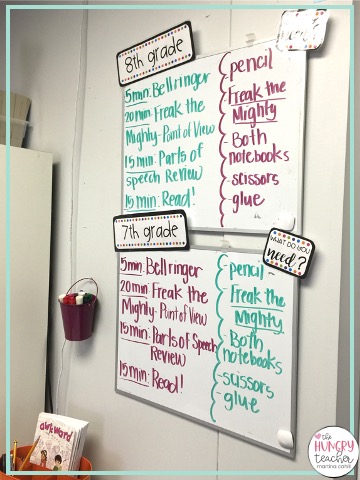
Why is my ELA block broken up like this?
Using the ideals of The Daily 5, I wanted my ELA curriculum lessons broken up and my workshop time broken up.
Sixth graders are no better inclined to sit for extensive amounts of time than any other grade. I wish my ELA curriculum lessons were even shorter sometimes, but in general, I work hard to keep them engaged and moving when I can.
The following section will outline what I do each class period.
ELA BELL RINGERS FOR ROUTINES

I have talked about bell ringers probably a million times. Here is a blog post all about how they changed my life. When I made them, my classroom routines and ELA curriculum were a mess and I was desperate for my ELA blocks to start out way better than they were.
I swear I am not product pushing when I say these bell ringers are the best thing I ever did. They are simple, routine-driven, and engaging.
My classes have been PERFECT ever since I started these.
My routines and procedures blog post talks more about bell ringers, and you can always try them free for three weeks:
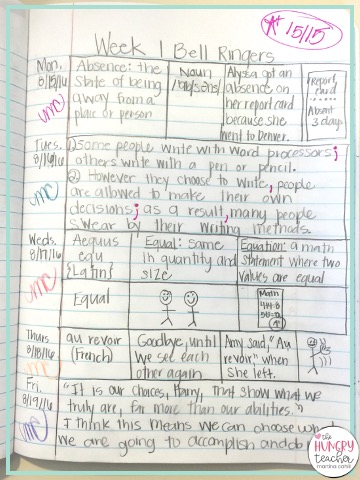
- Fifth and Sixth Grade ELA Bell Ringers | 3 Free Weeks
- Middle School Volume One ELA Bell Ringers | 3 Free Weeks
- Middle School Volume Two ELA Bell Ringers | 3 Free Weeks
- Root and Affix Bell Ringers | 3 Free Weeks
MIDDLE SCHOOL ELA BELL RINGERS
You could use a different set each for three different quarters, or if one works great for you, the year long bundles are available in my TPT store. I’ve included the links to the full files on TPT.
TEACHING CURRICULUM WITH SMALL GROUPS
I have had to teach a bunch of different types of curriculums and my schedules reflect that. This was my schedule from sixth grade ELA.
DAY ONE
- Review the performance task and the ELA curriculum Collections vocabulary (see below). We talk about what they will be expected to do at the end (usually a writing analysis, media presentation, group presentation, or research/argumentative paper).
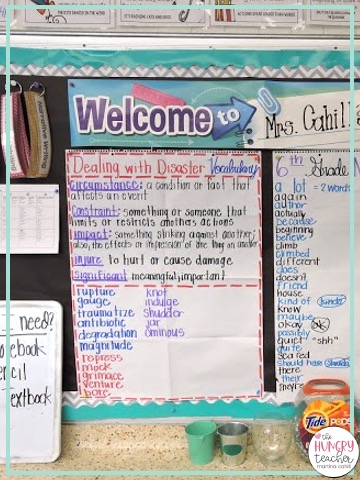
- Watch an applicable video if available: There is usually an engaging introduction video for us to watch (i.e. our Collections now is about Disasters, so we watched a tsunami video).
- The chart paper stays up for the whole Collection. The vocabulary on top is for the whole Collection. The multicolored ones on bottom are from our stories and we define those in our reading notebooks.

DAY TWO
Story one vocabulary: We use the organizational structure below and we write, define, syllabify, and illustrate each word for the story before we read each one. They end up looking like the image to the left and we reference them throughout the whole story. They also always ace their vocabulary tests :).
DAY THREE
Introduce the Demonstration of Learning/Essential question. I tell the students what I want them to be looking for or thinking about while we are reading.
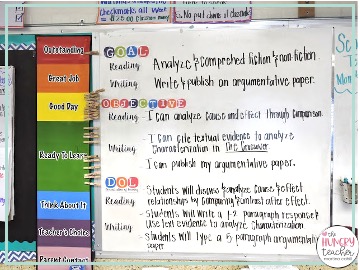
For example: What was the cause and three effects, using textual evidence, of the tsunami in the story?
I used to hate writing them on the board, but now I see the benefits. I mostly just have to change my Demonstration of Learning each day. These are included in my ELA curriculum.
Listen to the audio of the story. I LOVE this. I ALWAYS read our novels, but I was getting so worn out reading the textbook and the novels for both of my classes. It’s so nice that they have audio for all of our stories. I just play it, andpause to talk about vocabulary and about evidence of the essential question. The best part about all of this is that I can read all the teacher notes on the side of the text, while the audio reads the story.
SOCRATIC SEMINAR
Demonstration of Learning Socratic Seminar: Basically we have a class discussion about the questions, I chart their responses on the board (example here), and then students write their answer in their notebooks.
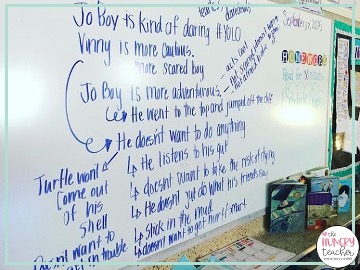
The board is to help students write strong responses by utilizing each other’s thinking. It’s basically a BIG collaborative discussion. I LOVE the Socratic Seminar and use it for everything.
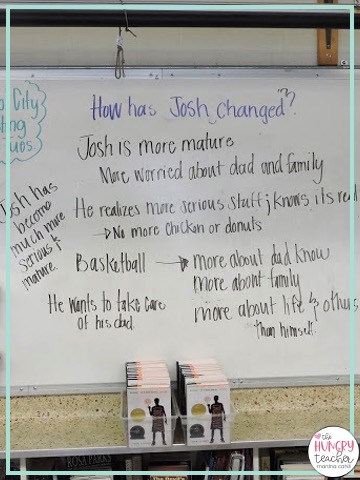
DAY FOUR
- Demonstration of Learning and Essential Questions
- Listen to Audio
- Socratic Seminar
- Demonstration of Learning writing response
DAY FIVE
- Demonstration of Learning and Essential Questions
- Listen to Audio – Finish the story. They typically take me 3-4 days to finish reading each story.
- Socratic Seminar
- Analyzing the text questions: There are typically 5 questions at the end that we discuss and or write/type about.
DAY SIX
Comprehension and vocabulary test. Most of my students do REALLY well on these because we work on the story and vocabulary for 3-4 days.
DAY SEVEN
Performance task (usually a writing analysis, media presentation, group presentation, or research/argumentative paper).
Then we go to the next story and start all over with the process. The time frame can change, (i.e. poems, teachable moments :), shorter/longer stories, and tougher performance tasks).
NOVEL STUDIES
If you follow me and my teaching journey, you know I LOVE teaching with novels. At my previous school, I only used novels. I don’t have that freedom anymore, but I still use them as my second lesson of the day.
- This is how my Novel Study Lesson section of the day goes: Introduce Essential/Guiding questions
- Read the day’s chapters (10-15 minutes).
- Essential/Guiding question Socratic Seminar (7-8 minutes). Example above from The Crossover.
- Writing response in reading notebooks.
This middle school and upper elementary small group and guided reading blog post is part of a three part series. This is part three of three blog posts all about how I implemented guided reading and small groups in my middle school classrooms. Click on any of the links to be taken to each of the posts in the series:
- One: Guided Reading and Small Group
- Two: Student Routines, Daily 5, and More
- Three: Small Group Alongside Curriculum and Whole Group
CLICK HERE to get my Middle School Guided Reading Recording Sheets sent straight to your inbox.
get free middle school guided reading forms sent
to your inbox
Subscribe to The Hungry Teacher and get five of my middle school guided reading forms sent straight to your inbox. You’ll also get access to all of my exclusive freebies and teaching ideas.
Want a sneak peek at teaching The Hungry Teacher way—with support, structure, and strategy?
When you join the waitlist for The Hungry Teacher’s Hub membership, you get three free classroom-ready resources: a theme unit, an expository writing unit, and a grammar unit introducing mentor sentences. Plus, you’ll get immediate access to a selection of exclusives from the Hub, including editable sub plans, pacing guides, and more.
No strings attached. Just resources you can use right now—and a heads-up when the Hub opens.
3 Free Middle School ELA Units—yours to keep!
JOIN THE WAITLIST + A FREE GIFT
Where to next, line leader?
Welcome to The Hungry Teacher! We create resources that are easy to use, practical, and get results. Teach with confidence—and make it home before dinner.
xo, the hungry teacher
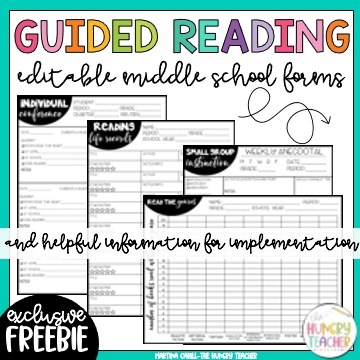
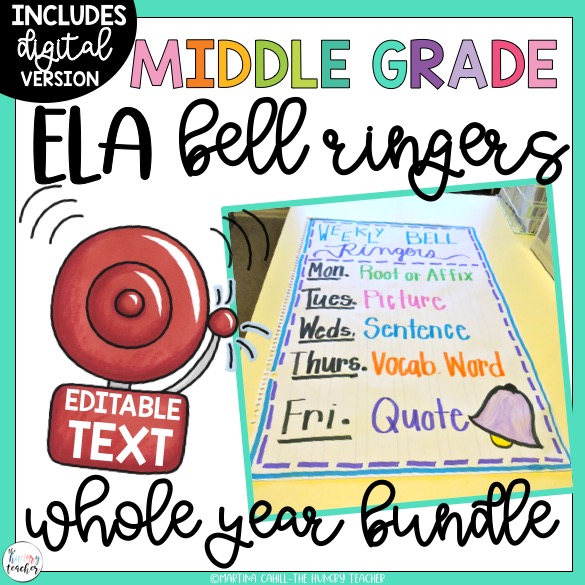
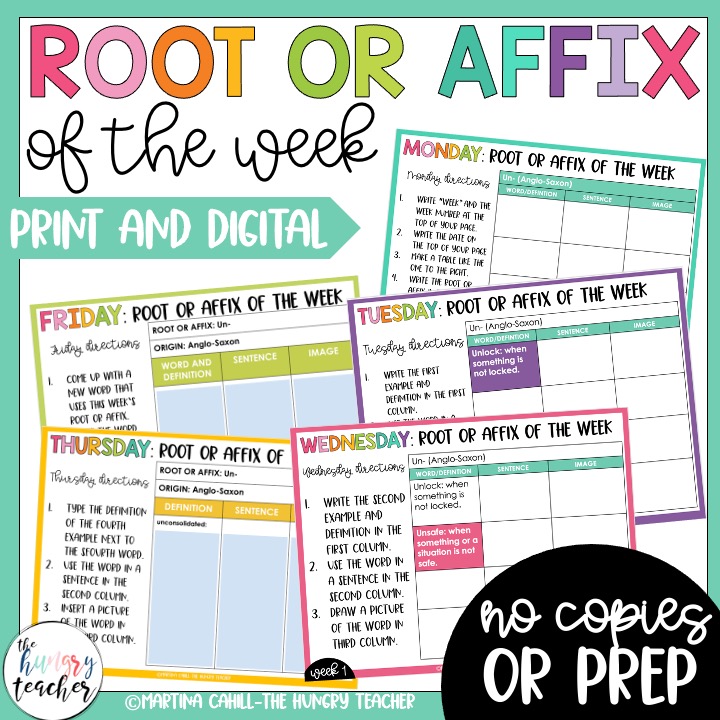
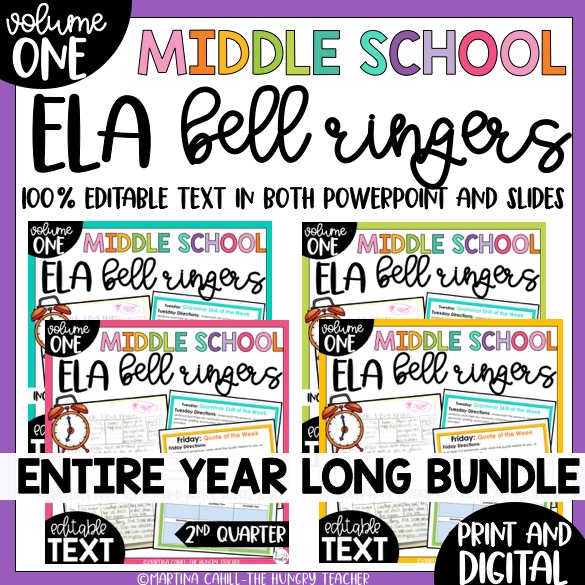
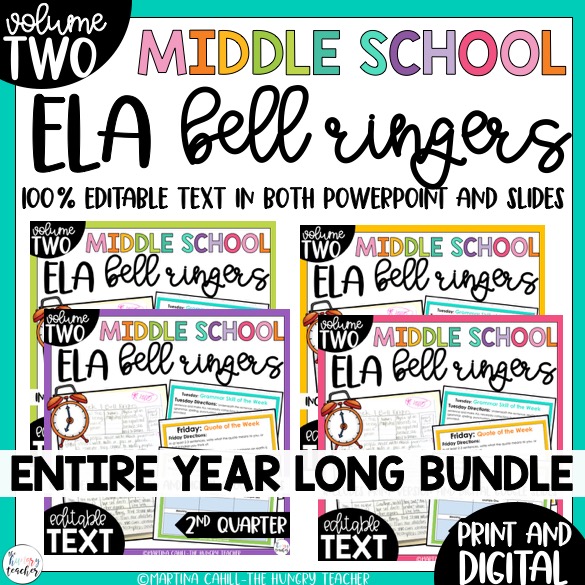
I just read all your posts in this series. So helpful! I am struggling to implement small group and guided reading instruction into my 6th grade classroom. When do you instruct students on specific ELA concepts like plot diagrams or theme? Just as you read the short stories? Also, when do you have time for writing essays or other longer writing assignments? Do you teach that whole group?
I only have a 90 minute, but I want what is best for my kiddos and I don't feel that they are getting that. Just hoping to get some of your insight.
I have this same question!! 🙂 Looks like you posted this back in March though…any updates on what you figured out or decided to do?
Okay…I just read through this whole series and loved it! Like I actually printed it out and annotated it….?! I'm sorry if that's weird. But this is just exactly the kind of info I needed! Your posts and advice are just incredibly reassuring and so so helpful!
I do have the same question as Ali Kitler above though! How do you incorporate all of that type of instruction?
I was also wondering about your novel unit studies. I purchased the whole big bundle and am very excited about it! However, I was wondering how you handle student copies of the novels? I just bought a class set of Freak the Mighty from thriftbooks.com that I'll just have the kids leave in their cubbies for my kids in my other two classes, but I don't think I can afford class sets of all the other wonderful novels in your units! Does your district/school purchase your novels? Do you have the kids buy them (I used to do that at a private school I previously taught at)? Do the kids not have copies?
But seriously, thank you so so much for this 3-part series! It has become my teaching bible I think. I also think you're my spirit animal….
I LOVE this series AND I already own all of the resources you highlighted!!! So exciting!!!! I also have the same questions, but I am thinking that I would teach a separate 20-30 minute writing instruction lesson.
was there a reply to Alie Kitler question? I also teach six grade, and i feel like I am not helping my students. I am coming from third grade.
Loved your posts about organization and went on to read all your other posts, which were fabulous. Anyway…I had a question…so during your ELA block you teach from the required curriculum, a novel study on top of that, and the students are also reading another book for their Literature Circle groups?
How do you determine your Essential Questions for the Collections lesson? Is it given by the curriculum, or do you develop them yourself?